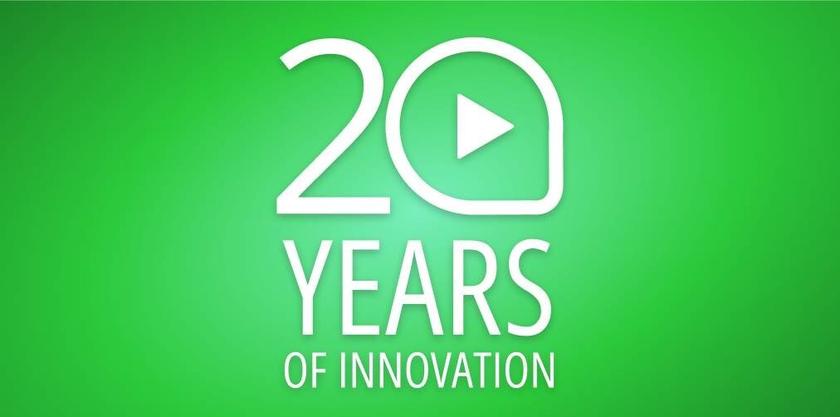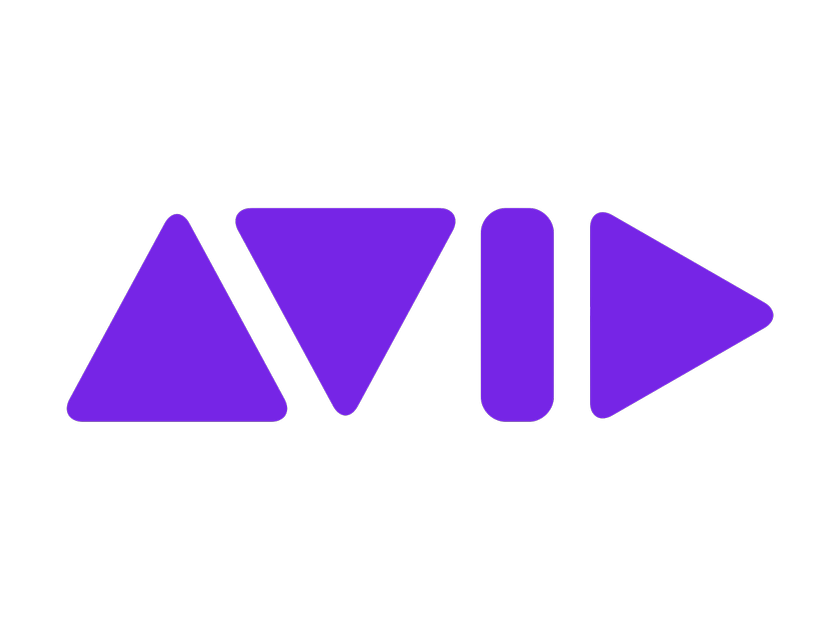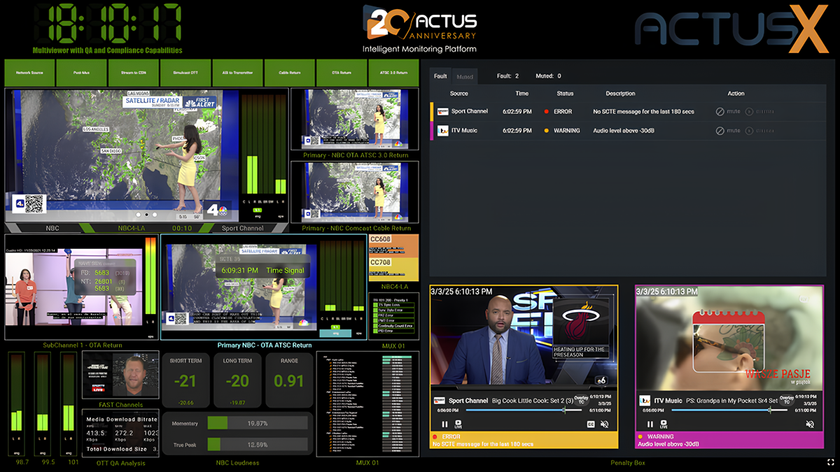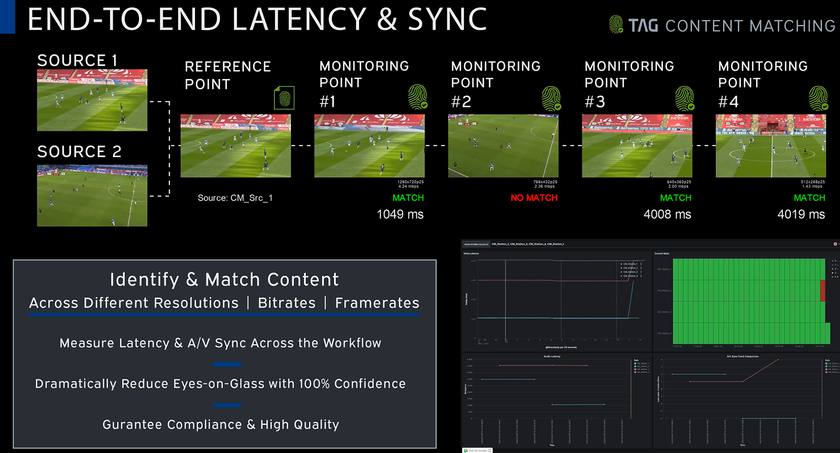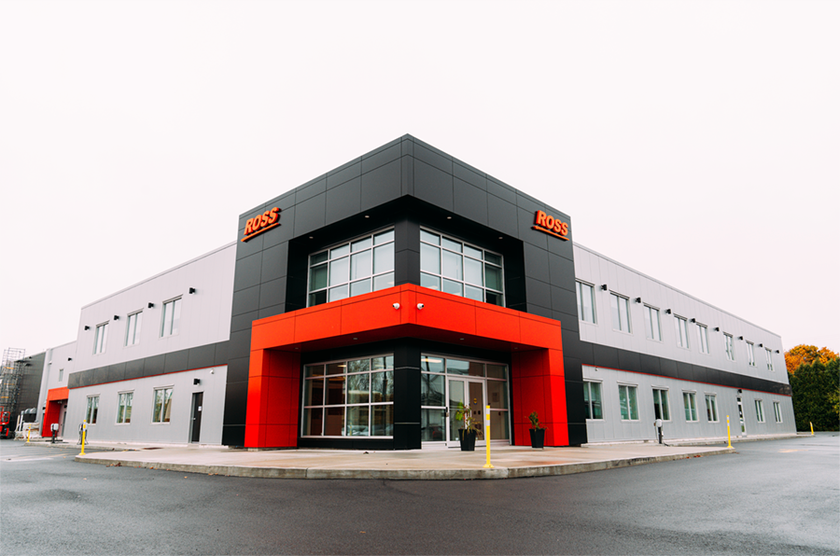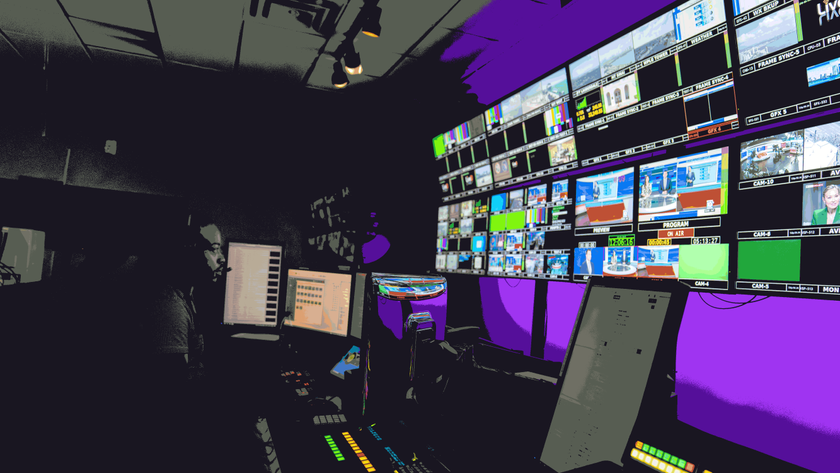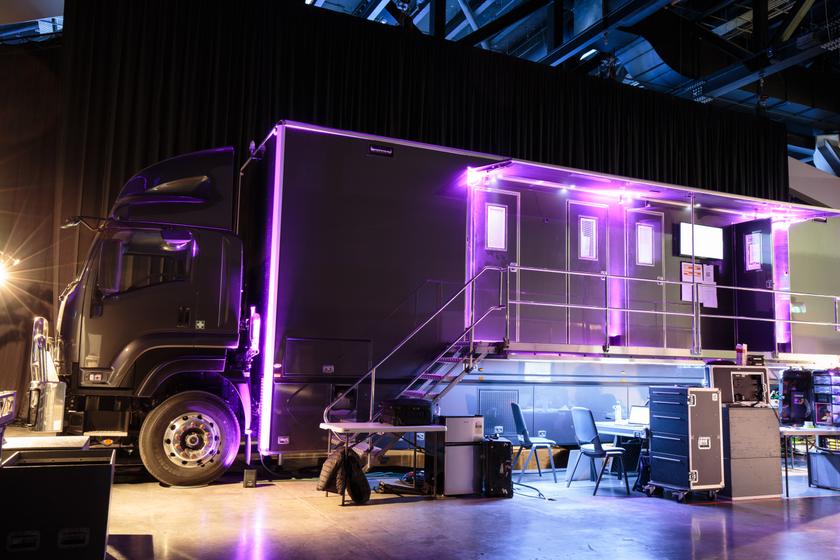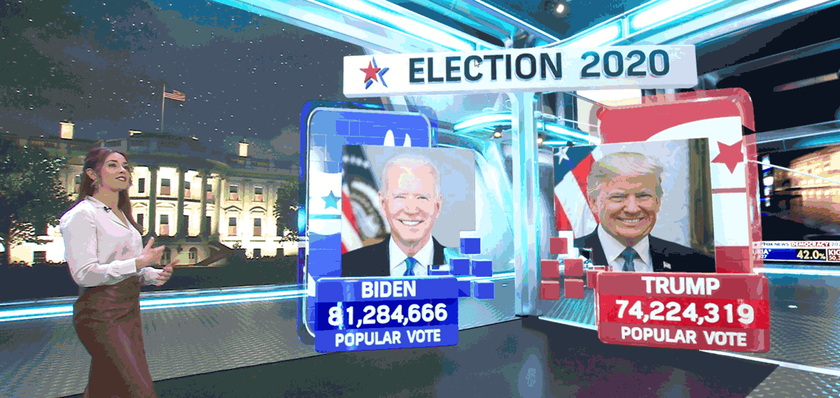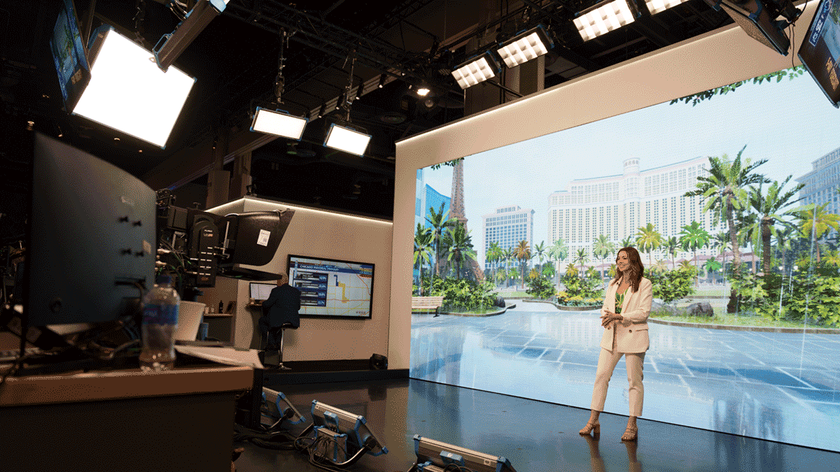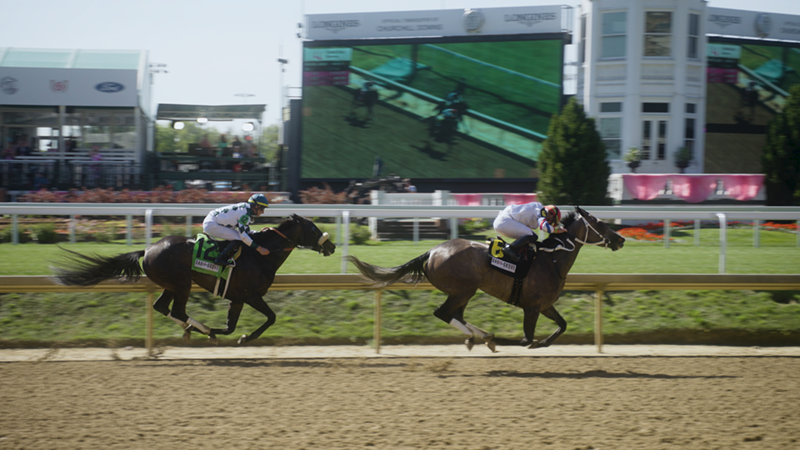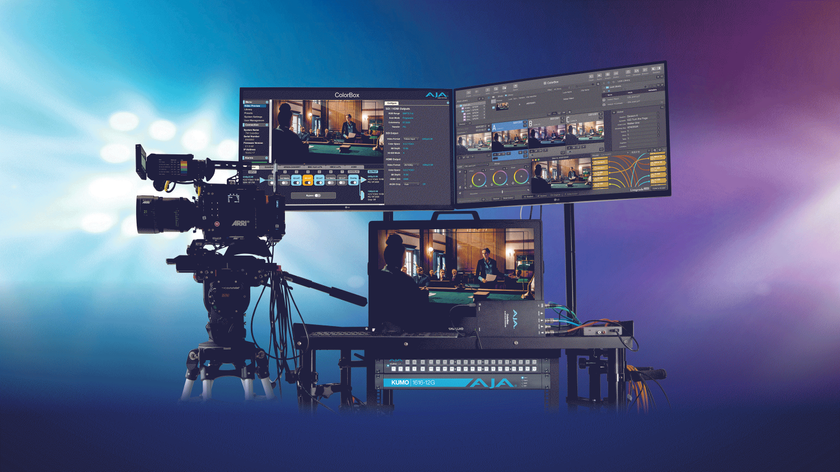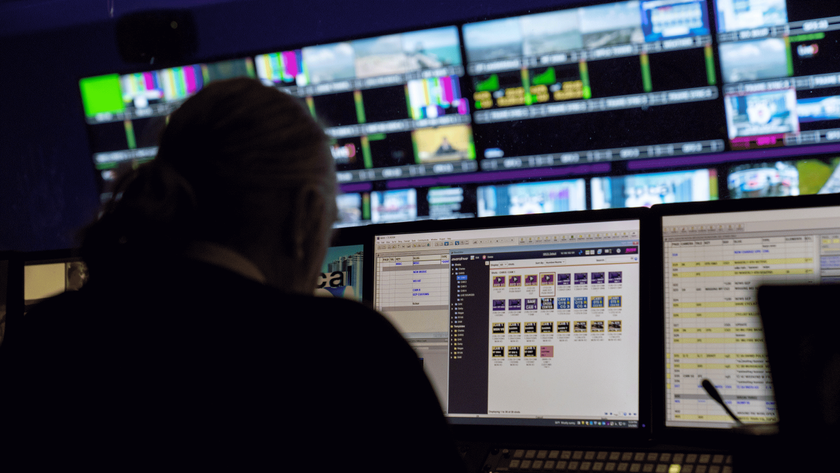Junger Audio Unveils Audio Monitoring and Authoring Tools For Immersive 3D Audio at IBC 2015

As the prospect of immersive multichannel 3D audio gains momentum around the world, Jünger Audio has positioned itself at the forefront of these developments by providing vital quality control tools for this exciting new format.
Widely regarded as the market leader in loudness control and audio processing for the broadcast industry, Jünger Audio will use the IBC 2015 platform to show a prototype audio monitoring solution that will allow broadcasters to check the quality of all immersive audio transmissions, regardless of format. It will also help maintain compliance with existing loudness regulations, while avoiding the known processing artifacts of traditional loudness control approaches.
The hardware-based product, which will be demonstrated on Jünger Audio's IBC stand 10:A49, will offer a future platform to host all the emerging immersive 3D audio encoding formats from different vendors, including MPEG-H TV audio system and Dolby's immersive audio system.
"Building on our long-term experience of designing and manufacturing dedicated audio processing products for digital TV production, we are actively engaged in developing this multichannel immersive audio monitoring processor ready for the next generation audio for TV broadcast," says Peter Poers, Jünger Audio's Managing Director. "We envisage that this solution will be deployed not just in production and post-production, but at all stages of the audio workflow where programs running future immersive audio standards need to be controlled or monitored effectively."
Comprising of a combination of hardware containing I/O, decoding stage, monitoring functionality, audio control software and an advanced user interface, the unit allows for monitoring and auditioning of up to 16 channels of audio. All metadata including dynamic description of included objects for 3D projection, or personalisation of audio services can be handled and controlled. A variety of physical input and output formats will be offered including SDI, MADI and AoIP. For object based encoded content, the graphical interface allows the user to perform 3D panning for audio objects to move and pan them around the screen, along with controlling the level. There is also the option of the personalization of services through the selection of alternative audio objects such as commentator languages.
"Our solution is truly agnostic in terms of encoding format," Poers adds. "It will be positioned between the mixing console and the transmission chain and at any point where real audio must be monitored again. At the push of a button, users will be able to configure it to work with any codec on the market."
At IBC 2015, Jünger Audio will show its audio monitoring system working with the Fraunhofer IIS MPEG-H TV Audio System. The seamless integration of Jünger Audio's loudness control features into MPEG-H means that broadcasters can easily identify content that has already been processed or levelled for loudness control and content that hasn't, thus enabling them to avoid multiple levelling passes that can affect the overall quality of the audio.
Robert Bleidt, Division General Manager at Fraunhofer USA, says "We are excited to work with Jünger Audio on this product as it will enable broadcasters to offer better audio quality while satisfying their viewer’s desire for consistent loudness. It is an example of how working with an open standard such as MPEG-H allows rapid innovation. One application we see for this is control of loudness at network affiliates. The network signal may be levelled prior to distribution, and not touched by the Jünger Audio processing. Only the local ads and programming inserted by the affiliate will be processed, preventing double compression of the audio."
Peter Poers adds that integrating effective loudness control with the new immersive audio formats will be a vital requirement right from the outset because it will allow broadcasters to maximise audio quality and ensure that loudness is consistent and compliant with existing regulations and recommendations.
"Our years of experience in developing the Level MagicTM loudness management algorithm meant that we were perfectly placed to provide high performance products for this developing market," he says. "Our technology will enable broadcasters to transition to the new emerging audio formats with confidence and minimal workflow changes, whilst ensuring that end users benefit from the enhanced listening experience with predictable and reliable results."
-ends-
About Jünger Audio
Established in Berlin in 1990, Jünger Audio specialises in the design and manufacture of high-quality digital audio dynamics processors. It has developed a unique range of digital processors that are designed to meet the demands of the professional audio market. All of its products are easy to operate and are developed and manufactured in-house, ensuring that the highest standards are maintained throughout. Its customers include many of the world’s top radio and TV broadcasters, IPTV providers, music recording studios and audio post production facilities. www.jungeraudio.com
Get the TV Tech Newsletter
The professional video industry's #1 source for news, trends and product and tech information. Sign up below.

